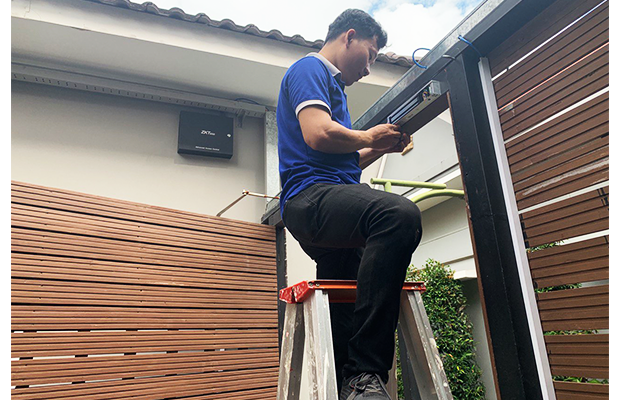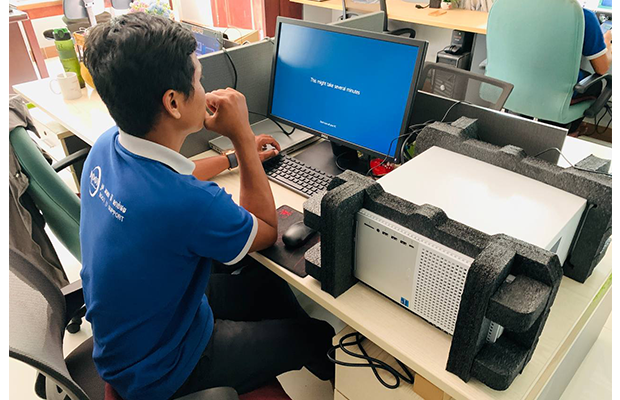Door Access Control
Access control is simply the action of ensuring that only the correct people are allowed to access certain spaces or assets. Most access control systems are based around doors, which rely on readers that grant or deny access, meaning that they unlock the door. This happens when a cardholder presents a valid badge or other form of credentials, alerting the reader that a user is requesting entry.
There are a few different types of single-door access control systems commonly used in the industry: keypad-based, card reader-enabled, and biometric-based systems are a few of the most popular ones. Some readers can even use smartphones as access credentials now. Traditionally, they are used in standalone applications, but nowadays people have begun using them in connection with other remote accessibility features through the internet or other technologies. Similarly, a one-door access control setup can be used as its own standalone system, but it can also easily be integrated with a larger access control system through different communication interfaces like TCP/IP, RS232 or other wireless technologies.
When to Use 1 Door Access Control System?
The single-door access control system kit is commonly used for the following conditions:
- A 1 door access control system is very useful and cost-effective for spaces where one door lock and two access readers are sufficient.
- It is commonly used to restrict unauthorized public entry into some restricted areas or places that are not integrated with the centralized security control systems.
- The security zoning of special assets also is one of the areas where door access control kit is extensively used
- It is typically suitable for small and cottage industries operating from single-unit locations
Differences of 1 Door, 2 Door & 8 Door Systems
The basic difference between 1-door, 2-door, and 8-door systems relates to the capacity, functions, and capabilities of the door access control kits. The main factors that may differ in terms of their system capacity and features include:
- Number of door locks, card readers, and switches
- Number of users handled by those systems
- Number of events or transactions recorded in the system
- Support for access control technologies may differ
- The cost of these systems is different
- Complexity of operations
- Types of application and mode of authentication
- Types of configurations like standalone, master-salve, and networked
As technology evolves, so do the ways we protect our homes and businesses. If you have a single access point you’d like to secure, installing a single-door access control system is a perfect way to accomplish this. Kits of this kind are suitable for places like homes, retail stores, apartments, warehouses, garages, or pretty much anywhere else that has a single door that you want to keep shut. Read on to find out how to use one of these kits and how to optimize it for your unique situation.







.png)

